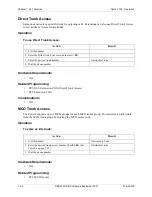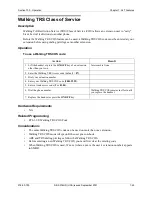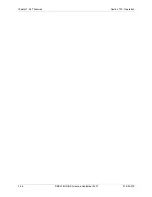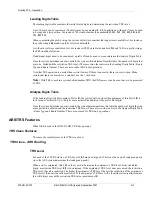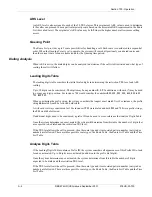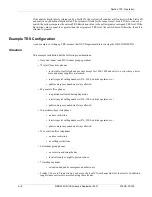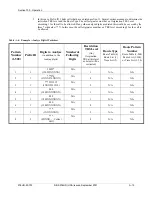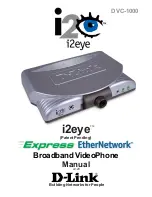
A-6
DBS 576HD (USA) issued September 2001
576HD-50-700
Section 700 - Operation
TRS Programming/Operation Overview
The purpose of TRS is to restrict outside call origination based on the number dialed and the originator.
As shown in Figure A-4 TRS Operation (Non-ARS) at the end of this appendix, up to 50 TRS Classes settings
are assigned. When a call is originated, several general settings for the originator are always considered:
•
Digit Restriction
- This is the maximum number of digits that can be dialed.
•
Incoming Dialing Restriction
- If this is enabled, an outside call cannot be originated during an
incoming call.
•
Outgoing SSD Dialing Restriction
- This determines if SSD dialing is allowed or not.
•
Star (*) and Pound (#) Dialing Restriction
- This determines if the
*
and
#
digits can be outdialed.
When a call is originated, the system determines the TRS class for the originator from either the Trunk Class
Assignments or the Extension Class Assignments. It then determines the originator TRS level for the trunk
group selected.
When the call is dialed, the system collects the digits and compares the leading digits to the leading digits table
entry. The system will look for the longest available exact match. A
*
may be entered as a wild card for any
digit position.
If an exact match is found, the system will look to see if there is a Prefix ID. If so, it will jump to the analyze
digits table. If not, the system will compare the entered TRS Restriction value to the call originator’s assigned
TRS level. If the originator’s TRS level is not greater than the Restriction TRS level, the call is denied.
Otherwise, the call is allowed to proceed.





